Jason Ballard, the CEO and co-founder of 3D printing architecture company ICON, doesn't mince his words. "There are certain people who are content to build a really ugly or uninspiring world," he said. "We're not. The day I walk outside and see something ugly being built by one of my robots -- that's a nightmare scenario for me." Ballard, a quick-talking Texan in a 10-gallon hat, has a vision for the future of architecture. Others are buying into it. Since launching in 2017, Austin-based ICON has received close to half a billion dollars in funding, won a contract with NASA, and paired up with influential architects like Bjarke Ingels. If all goes according to plan, ICON will be building on the moon before the end of the decade. But first, the CEO wanted to discuss a moonshot much closer to home. ICON made its name creating houses using a high-strength concrete it calls "Lavacrete," printed in layers to form walls. A large machine ICON named the "Vulcan" does the printing, fed by an on-site mixing system dubbed "Magma." The company's first house was unveiled in 2018, and since then its operations have scaled up, from a collection of six homes in 2020 to a 100-home community north of Austin currently under construction (the largest printed community in the US). At each stage, the footprint of properties has increased, from 350 square feet to over 2,000 square feet, as the technology has advanced and 3D-printed homes have moved from prototype to novelty to relatively mainstream.
Read Also: 5 Dead After Louisville Bank Shooting
A thread running through ICON's work is building homes for disadvantaged people, including accommodation for the long-term homeless, often in collaboration with non-profits. Creating affordable housing is also an objective, which led the company to launch the design competition Initiative 99 last month. Initiative 99 seeks submissions for homes that can be 3D-printed for $99,000 or less. Ballard described it as "a call to arms for the global architecture and design community" to get to grips with "one of the most pressing industries in need of a rethink." A survey conducted by the Pew Research Center in 2021 found about half of Americans reported affordable housing was a "major problem" in their area. One estimate from late 2020 calculated the US had a housing supply deficit of 3.8 million units. Peggy Bailey is vice president of housing and income security at the progressive US think tank the Center on Budget and Policy Priorities. Bailey explained that in the US, many people struggle to pay for their accommodation. "Even before the pandemic and economic downturn, 23 million people lived in 11 million low-income households that paid more than 50% of their income for rent," she told CNN via email. "Innovative ways to build housing are a promising step toward creating more affordable housing," she added while cautioning, "The housing affordability crisis isn't due to a single issue or event. Multifaceted problems require multifaceted solutions."
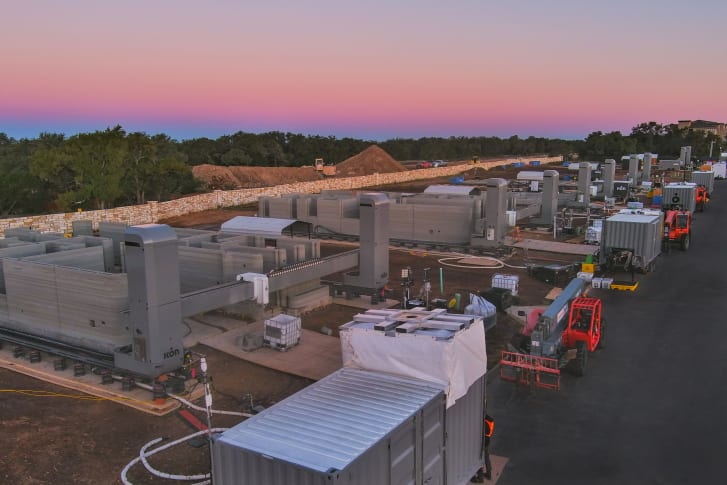
The idea for Initiative 99 came from an internal exercise ICON has run every six months for the past five years, to see what can be constructed for $99,000 with the technology available. "This year we hit an inflection point," said Ballard. "The results were very compelling. It immediately dawned on all of us (that) we've got to tell everybody about this." The ICON CEO said Initiative 99's $1 million prize fund will be the largest ever for an affordable housing competition. The competition will launch on May 23 and run for a year, with stages for concept development, schematic design, and design development. There will be multiple winners and their designs will be built by ICON. Ballard hopes the competition receives entries tailored to meet cultures and contexts around the world, addressing specific needs and challenges. Bailey suggested the success of 3D-printed housing could hinge on how it is perceived by prospective residents. "One thing to keep in mind with any innovation in housing development, including 3D-development ... is that the housing must fit in the rental market and be of the quality and style that any person would want to live in," she said.
Off-world R&D
Ballard said all ICON's projects feed into one another: for example, the systems monitoring and support software it will use in the Initiative 99 homes was developed as part of its Project Olympus initiative, which is investigating building 3D-printed structures on the moon. Lunar concept designs, created in collaboration with Bjarke Ingles Group, were released in 2020, and in November 2022 ICON was awarded a $57 million contract by NASA, which will culminate in testing on the moon. Instead of Lavacrete, ICON is experimenting with using lunar regolith, the mineral-rich dust, and rock that covers the moon's surface. The regolith can be melted with a laser and turned into a ceramic-like material that is hard, durable, and radiation-absorbing explained Ballard.
Parts of the construction system have been tested in a vacuum, and will next be tested in simulated lunar gravity, before being sent to the moon in 2026 or 2027, he added. The CEO stressed there are no plans for a lunar base yet, but ICON's tests will represent a significant step in that direction.
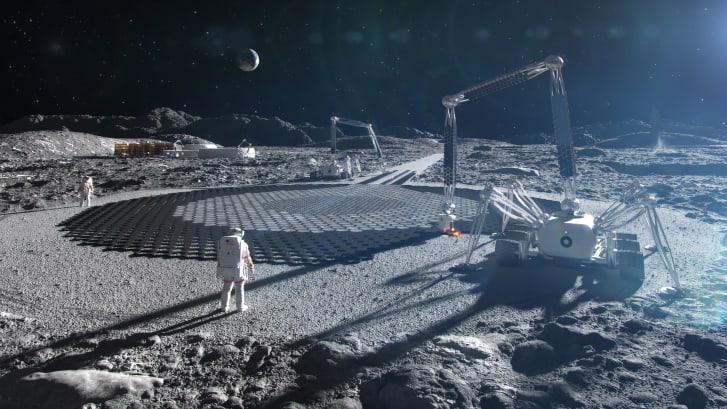
Some of ICON's lunar ideas could find a civilian context too. Ballard is conscious that Lavacrete contains cement, which has a large carbon footprint, and said that ICON is researching ways to utilize locally sourced building materials on Earth that can compete with concrete. Patti Harburg-Petrich, principal at engineering consultancy Buro Happold, noted that some companies are already printing with materials other than concrete. The firm consulted on Mighty Buildings' award-winning Mighty House, in California, which utilized prefabricated, 3D-printed composite stone material for its walls. She argued there was a strong case for 3D-printing's sustainability credentials. "Oftentimes 3D-printed homes can be built faster and more sustainably when compared to traditional construction," Harburg-Petrich said via email, pointing to a reduction in building materials wasted in construction.
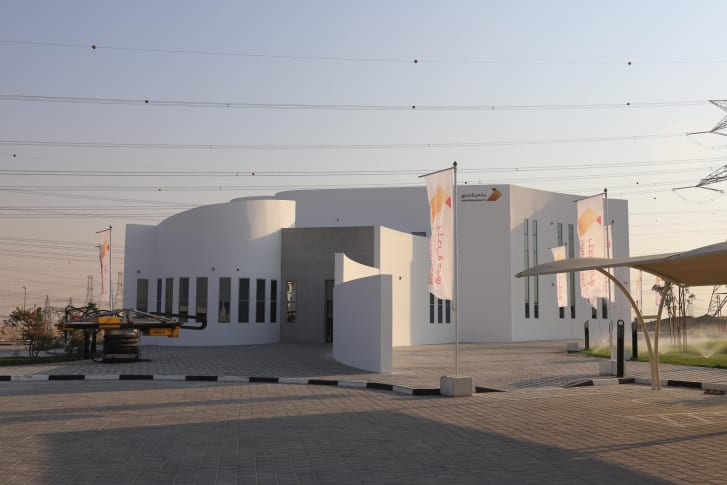
Achieving scale
In recent years, there has been growing ambition around 3D-printing. Dubai, in the United Arab Emirates, aims to have 25% of new buildings constructed with 3D-printing technology by 2030, and the city is home to the world's largest 3D-printed structure by volume -- a two-story local government office built by Apis Cor in 2019. The first multi-story 3D-printed building in the US was unveiled in September 2022, and the tallest 3D-printed building in the world is a 9.9 meter (32.5 foot), three-story house in Saudi Arabia, completed last November -- both realized using printing technology by a Danish company COBOD.
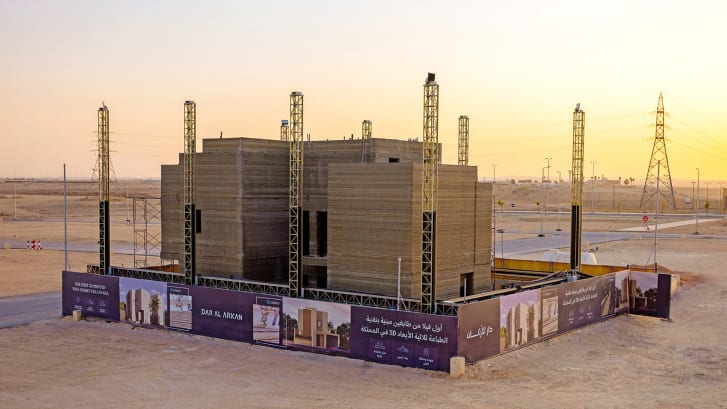
Ballard says ICON is also planning to print multi-story buildings, and has triplex and quadplex designs in the works. ICON is developing the next generation of its Vulcan printing system, capable of building much bigger projects, Ballard said, adding that the company aims to eventually create a system in which three or four machines can be operated by a single person. "You should expect it to be a lot faster, you should expect it to be a lot more autonomous," he added. This thinking comes as the design and construction sectors in the US face a skilled labor shortage, noted Harburg-Petrich. Along with more affordable and transportable 3D-printing systems, in the future, "we also need a workforce that is adaptable to 3D-printed construction technology," she said.
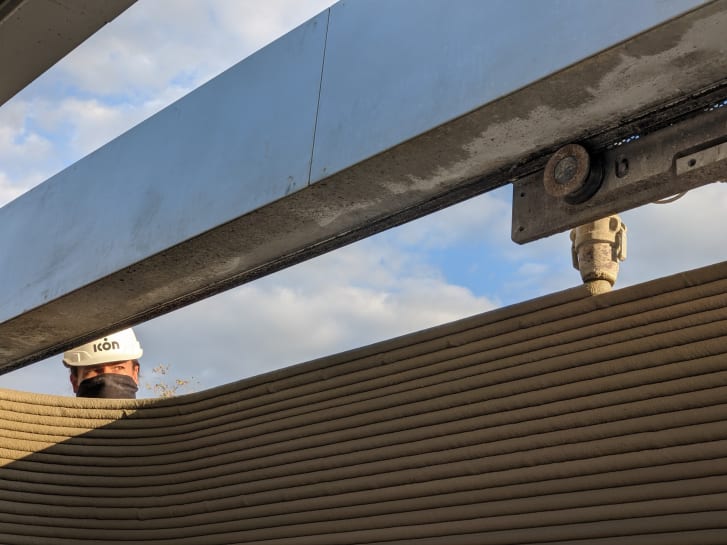
3D construction at scale, with an emphasis on affordable housing, is where Ballard wants to take ICON. In the case of Initiative 99, the winning designs will be released for free, meaning anyone with the tools can create the houses themselves. "I feel like the future can be amazing," said Ballard. "But I'm also haunted by this understanding of history and human behavior because it's not guaranteed to be amazing. We have to make it so. And we're going to have to take some risks to make it so."




